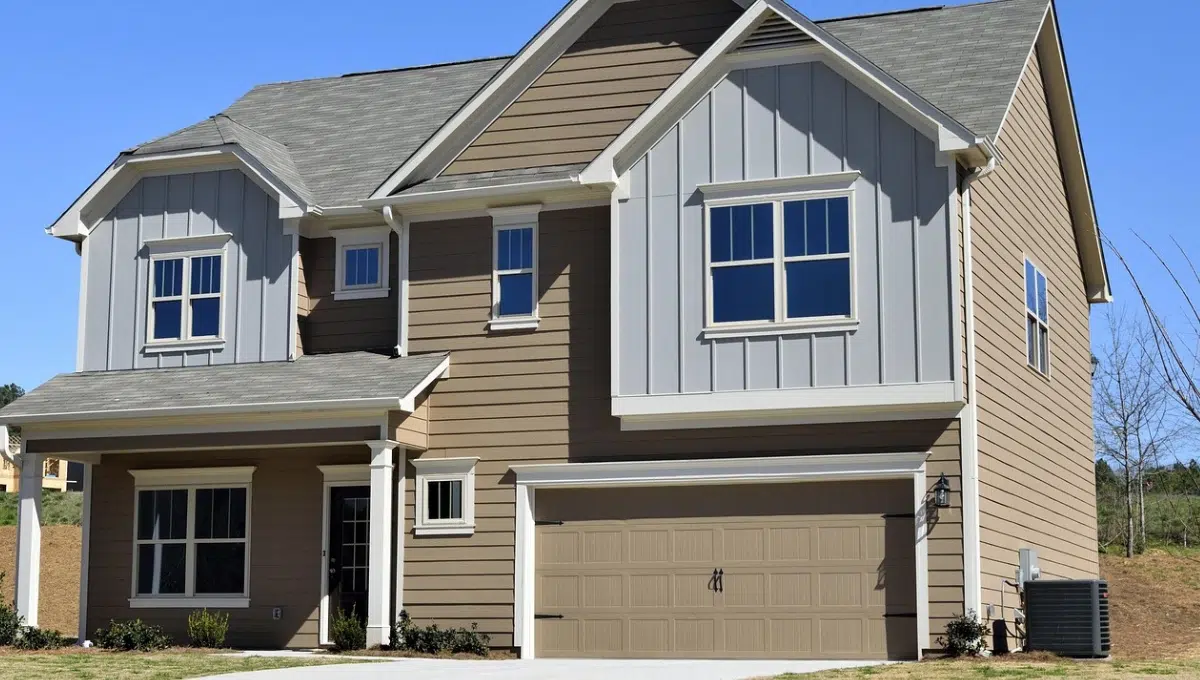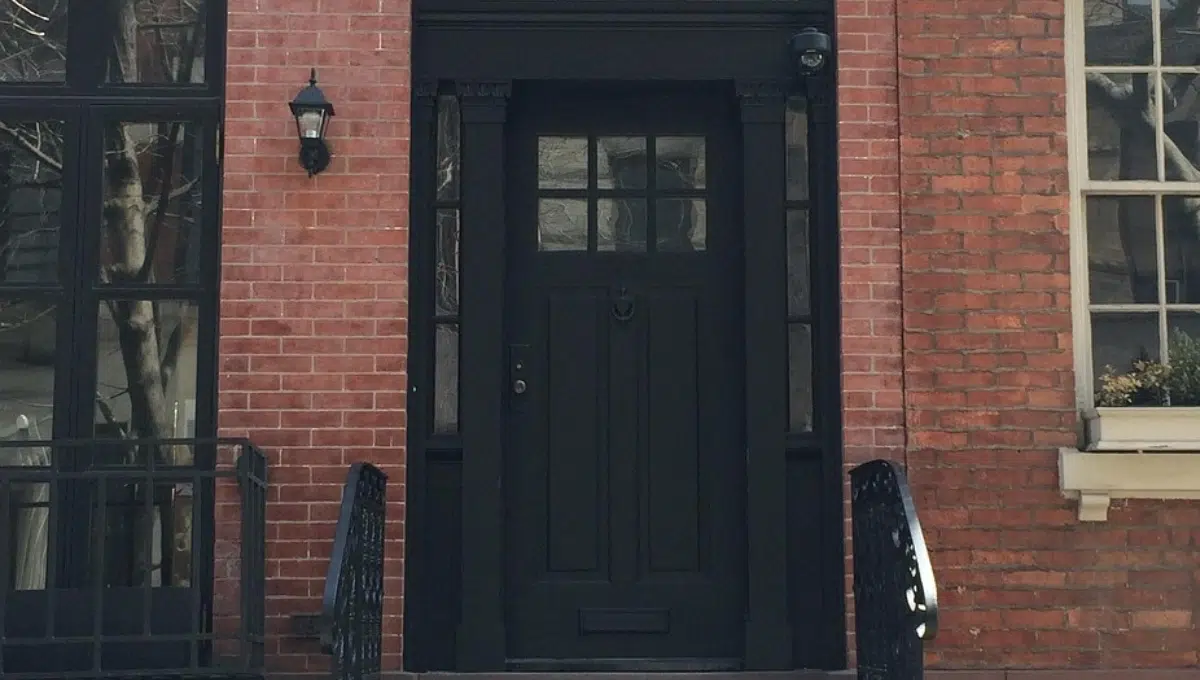Home insurance serves as a financial safety net, protecting homeowners from unexpected damages like storms, fires, or theft. Yet, when disaster strikes, the process of filing a claim and securing a fair payout can feel daunting. Central to this process is the home insurance claim adjuster, a professional tasked with evaluating damage and determining compensation. Understanding their role and how to collaborate effectively can make all the difference in achieving a favorable outcome.
Many homeowners approach the claims process with uncertainty, unsure of what to expect or how to advocate for themselves. Missteps, such as poor documentation or miscommunication, can lead to undervalued claims or delays. A clear grasp of the adjuster’s responsibilities and strategies for working with them empowers homeowners to navigate this complex system with confidence.
What Is a Home Insurance Claim Adjuster?
A home insurance claim adjuster is a professional who investigates and evaluates insurance claims to determine the extent of damage and the appropriate payout. Employed by insurance companies, independent firms, or working as public adjusters, they play a pivotal role in the claims process.
Types of Claim Adjusters
- Company Adjusters: Work directly for the insurance company, assessing claims on their behalf.
- Independent Adjusters: Hired by insurers on a contract basis, often during high claim volumes.
- Public Adjusters: Represent homeowners, advocating for fair payouts and charging a fee for their services.
Key Responsibilities
- Inspecting damaged property to assess the extent of loss.
- Reviewing insurance policies to determine coverage.
- Interviewing claimants and witnesses for accurate information.
- Calculating repair or replacement costs and recommending payouts.
Key Facts and Findings
- Adjuster’s Role: Adjusters assess damage, review policies, and recommend payouts, directly influencing claim outcomes.
- Preparation Impact: Thorough documentation can increase payouts by up to 20%, according to industry studies.
- Public Adjusters: Hiring a public adjuster can improve payouts but may cost 10-15% of the settlement.
- Dispute Rates: Approximately 10% of home insurance claims result in disputes, often due to valuation differences.
- Policy Knowledge: Homeowners who understand their policy terms are 30% more likely to secure fair payouts.
Why Adjusters Matter in the Claims Process
The adjuster’s assessment directly impacts the payout amount and speed of the claims process. Their report influences whether a claim is approved, partially covered, or denied. A thorough understanding of their role helps homeowners prepare effectively and avoid common pitfalls.
Impact on Payouts
- Adjusters determine if damages are covered under the policy.
- Their estimates influence repair budgets and compensation.
- Accurate documentation from homeowners can sway their final report.
Common Challenges
- Miscommunication between homeowners and adjusters.
- Discrepancies in damage estimates or policy interpretations.
- Delays due to incomplete documentation or disputes.
Preparing for the Adjuster’s Visit
Preparation is key to a successful adjuster visit. Homeowners who take proactive steps can ensure a smoother evaluation and increase the likelihood of a fair payout.
Steps to Prepare
- Document Damage Thoroughly:
- Take clear photos and videos of all affected areas.
- Create a detailed inventory of damaged or lost items.
- Keep receipts or proof of value for high-cost items.
- Review the Insurance Policy:
- Understand coverage limits and exclusions.
- Identify deductible amounts and special conditions.
- Gather Supporting Evidence:
- Collect repair estimates from licensed contractors.
- Obtain police reports for theft or vandalism claims.
- Schedule the Visit Promptly:
- Contact the insurer to initiate the claim quickly.
- Coordinate a convenient time for the adjuster’s inspection.
Checklist for Adjuster Visit Preparation
| Task | Description | Importance |
|---|---|---|
| Document Damage | Photos, videos, and inventory lists | Ensures accurate assessment |
| Review Policy | Check coverage and exclusions | Avoids surprises during evaluation |
| Gather Estimates | Contractor quotes for repairs | Supports fair payout calculations |
| Schedule Promptly | Quick claim initiation | Speeds up the process |
Effective Communication with Adjusters
Clear and professional communication with the adjuster can streamline the process and prevent misunderstandings. Homeowners should approach interactions with clarity and preparedness.
Best Practices for Communication
- Be Honest and Detailed: Provide accurate accounts of the damage and incident.
- Stay Organized: Present documentation in a clear, logical manner.
- Ask Questions: Clarify policy terms or the adjuster’s findings if uncertain.
- Remain Professional: Avoid emotional outbursts, even if frustrated.
Common Mistakes to Avoid
- Exaggerating or misrepresenting damage, which can lead to claim denial.
- Failing to provide complete documentation, delaying the process.
- Agreeing to settlements without fully understanding the terms.
Maximizing Your Payout
Securing a fair payout requires strategic collaboration with the adjuster. Homeowners can take specific actions to strengthen their claim and ensure adequate compensation.
Strategies for Success
- Obtain Multiple Repair Estimates:
- Seek quotes from reputable contractors to validate repair costs.
- Present these to the adjuster for a more accurate payout.
- Understand Policy Coverage:
- Know the difference between replacement cost and actual cash value.
- Ensure all covered damages are included in the claim.
- Consider a Public Adjuster:
- Hire a public adjuster for complex claims or disputes.
- Note that their fees (typically 10-15% of the payout) reduce the final amount.
- Appeal if Necessary:
- Request a second review if the payout seems unfair.
- Provide additional evidence to support the appeal.
When to Hire a Public Adjuster
- Claims involve significant damage or high-value items.
- Disputes arise over coverage or payout amounts.
- Homeowners lack time or expertise to manage the process.
Handling Disputes with Adjusters
Disputes with adjusters can arise due to differing damage assessments or policy interpretations. Knowing how to address these issues can prevent delays and ensure fairness.
Steps to Resolve Disputes
- Review the Adjuster’s Report:
- Request a copy of the adjuster’s findings.
- Compare it with personal documentation for discrepancies.
- Provide Additional Evidence:
- Submit new photos, contractor estimates, or expert opinions.
- Highlight overlooked damages or errors in the report.
- File a Formal Complaint:
- Contact the insurance company’s claims department.
- Escalate to a supervisor if needed.
- Seek Mediation or Legal Advice:
- Use mediation services for neutral resolution.
- Consult an attorney for complex or high-value disputes.
Dispute Resolution Options
| Option | Description | When to Use |
|---|---|---|
| Review Report | Compare findings with documentation | Initial disagreement |
| Additional Evidence | Submit new proof of damage | Minor discrepancies |
| Formal Complaint | Escalate to insurer’s claims department | Persistent issues |
| Mediation/Legal | Involve neutral third parties or attorneys | Complex or high-value disputes |
Closing Thoughts
Navigating the home insurance claims process can feel overwhelming, but understanding the role of the claim adjuster transforms uncertainty into opportunity. By preparing thoroughly, communicating effectively, and advocating for fair treatment, homeowners can secure the compensation needed to rebuild and recover. The strategies outlined, from documenting damage to resolving disputes, empower individuals to approach the process with confidence and clarity.
Every claim is a chance to protect one’s investment in their home. Taking proactive steps, such as gathering evidence and understanding policy details, ensures that the adjuster’s evaluation aligns with the homeowner’s needs. Even when challenges arise, options like appeals or mediation provide pathways to resolution. With the right knowledge and approach, homeowners can turn a stressful experience into a manageable, successful outcome.
FAQs About Home Insurance Claim Adjusters
- What does a home insurance claim adjuster do?
A home insurance claim adjuster evaluates damage, reviews policy coverage, and determines the payout amount for a claim. - How long does an adjuster’s visit take?
An adjuster’s visit typically lasts 1-2 hours, depending on the extent of damage and complexity of the claim. - Can homeowners negotiate with an adjuster?
Yes, homeowners can negotiate by providing evidence like repair estimates or additional documentation to support their claim. - What happens if the adjuster’s estimate is too low?
Homeowners can appeal by submitting additional evidence or escalating the issue to the insurer’s claims department. - Are public adjusters worth hiring?
Public adjusters can help with complex claims but charge fees, typically 10-15% of the payout, which reduces the final amount. - How can homeowners prepare for an adjuster’s visit?
Document damage, review the policy, gather repair estimates, and schedule the visit promptly to ensure a smooth process. - What if the adjuster denies the claim?
Homeowners can request a detailed explanation, provide additional evidence, or appeal the decision through the insurer. - Do all claims require an adjuster’s visit?
Minor claims may be handled remotely, but significant damages typically require an in-person inspection. - How does policy coverage affect the adjuster’s decision?
Adjusters base payouts on policy terms, including coverage limits, deductibles, and exclusions, making policy knowledge critical. - Can homeowners dispute an adjuster’s findings without legal help?
Yes, disputes can often be resolved by submitting evidence or escalating to the insurer, though legal help may be needed for complex cases.







